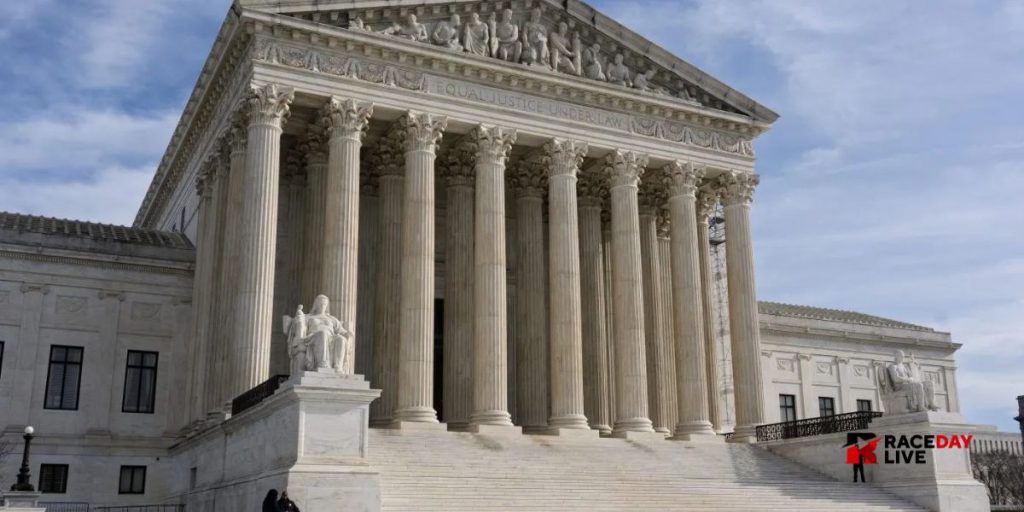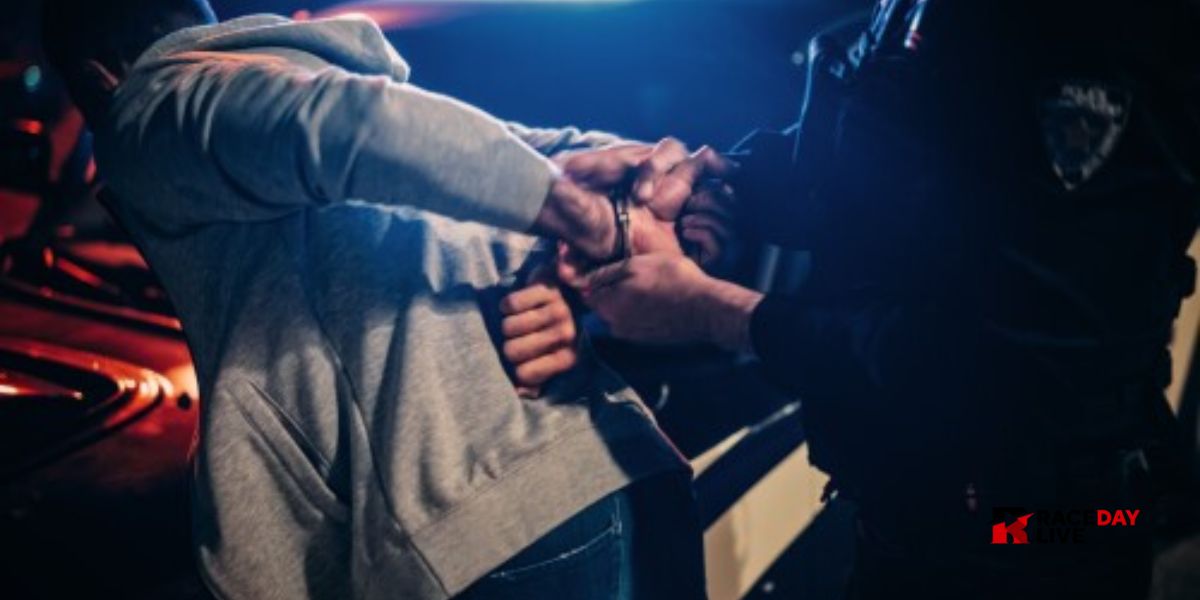Race Day Live (Houston, TX) – In a Texas case, the Supreme Court considers the criteria for the use of deadly force by police officers.
A routine traffic stop in Texas turned deadly in seconds when a police officer shot and killed Ashtian Barnes, 24, in 2016.
The Supreme Court debated Monday whether courts should consider everything that happened during the traffic stop or only the split-seconds when the officer feared for his safety when determining whether the officer should be convicted for unreasonable force.
Officer Roberto Felix Jr. stopped Barnes as he was driving his girlfriend’s rented car, which had outstanding toll violations, and requested him to provide his license and insurance. Barnes argued that the papers could be in his truck and was asked to exit the vehicle.
Then the automobile started driving ahead. Felix hopped onto the vehicle’s door sill and fired inside, hitting Barnes twice. He bled to death.
The justices were asked to evaluate how much time should be taken into account when police kill individuals, often known as the “moment of the threat” theory. They appeared to be leaning toward issuing a narrow finding in favor of Barnes’ mother and estate, sending the matter back to the lower courts for additional litigation, but their wider reasoning was split.
“What’s an officer supposed to do when at a traffic stop and someone pulls away, just let them go?” Justice Brett Kavanaugh asked.
Nathaniel Zelinsky, a lawyer for Barnes’ mother and estate, contended that Felix could have taken additional precautions before drawing his weapon, especially given the circumstances of the encounter.
“We’re not suggesting that somebody should just get away at scot-free, but it is unreasonable to use deadly force,” Zelinsky said. “Because what happened was Officer Felix put himself in a position where he had no alternative but to shoot the driver, and that’s unreasonable.

“You have to look at the whole picture, not just the two seconds in which he’s on the car,” he said.
Kavanaugh consistently expressed worry about the practical issues that a finding against Felix could pose to police officers in potentially deadly situations. He questioned how officers would be instructed to respond to such events if their actions are evaluated more thoroughly after the case is closed.
“Someone’s pulling away – it might be they just don’t feel like they want to be hassled for a traffic violation, but they could be, you know, about to drive down the street in New Orleans,” he said, alluding to the terrorist attack on New Years Day.
Felix’s attorney, Charles McCloud, contended that it is legitimate for cops to use force when confronted with a threat to their own or others’ safety.
“At the moment Sgt. Felix used force, he was clinging to the side of a fleeing suspect’s car, and Felix reasonably believed that his life was in imminent danger,” McCloud said. “That conclusion should end this case.”
Justice Elena Kagan stated that the issue at hand is significantly smaller, citing the lower courts’ “desire to look beyond two seconds” but rulings that they could not.
“That suggests to me that there’s an easy way of just vacating and remanding and giving it back to the courts below to address,” she said.
The United States Court of Appeals for the Fifth Circuit concluded that Barnes’ Fourth Amendment rights were not infringed by the appellate court’s precedent, which follows the “moment of threat” theory.
However, in a concurring decision, Judge Patrick Higginbotham, who wrote the majority opinion, contended that the Fifth Circuit’s precedent is incorrect and that the justices should overrule it.
“Here, given the rapid sequence of events and Officer Felix’s role in drawing his weapon and jumping on the running board, the totality of the circumstances merits finding that Officer Felix violated Barnes’s Fourth Amendment right to be free from excessive force,” Higginbotham wrote, suggesting he felt constrained to consider only the seconds before the shooting.
Justice Neil Gorsuch stated that the court might clarify that the lower courts’ “two-second rule” is not law and return it for further litigation, but McCloud claimed this would be “pointless.”
“The number of remands from this court that the lawyers tell us are pointless could fill volumes,” Gorsuch said, drawing laughter from the gallery. “Any other objections?”
McCloud then suggested it could set a dangerous precedent by supporting an argument of “officer-created danger,” which Gorsuch described as a “fair concern.”
Lanora Pettit, who represented Texas, eventually concurred with McCloud that remanding the case was “unnecessary.” The government did not take a position on the facts of the case, but did express an interest in correcting the Fifth Circuit’s “legal error.”
The judgment is expected this summer.

